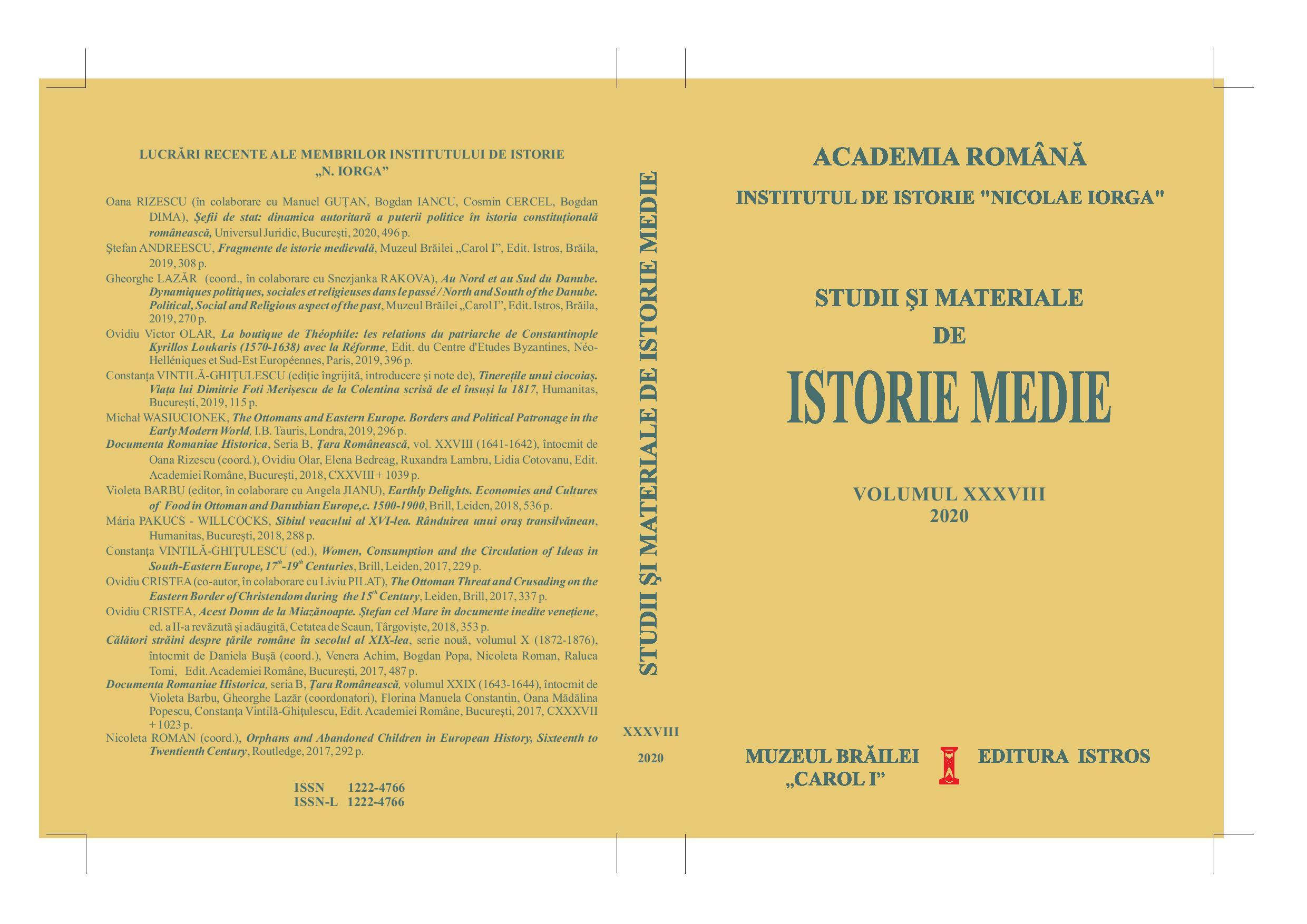REAPARIŢIA PONTIFICALĂ A DACIEI ROMANE DIN RĂSĂRITUL EUROPEI (1453-1462)
The Pontifical re-emergence of Roman Dacia in Eastern Europe (1453-1462)
Author(s): Ioan Aurel Pop, Alexandru SimonSubject(s): History, Cultural history, Diplomatic history, 15th Century
Published by: Institutul de Istorie Nicolae Iorga
Keywords: Matthias Corvinus; Pius II; John Hunyadi; Dacia; Byzantium; Milan; crusading, state-building;
Summary/Abstract: In early March 1462, in his lengthily „confession” to the Milanese ambassador in Rome, Otto de Carretto, Pope Pius II acknowledged Matthias Corvinus, as Re de Ungaria, de Dacia etc., a title that ‒ according to the pope ‒ the son of the late athlete of Christendom, John Hunyadi, had taken-on himself. At that time, the Kingdom of Dacia was commonly used in Latin for the Kingdom of Denmark. However, immediately after the Ottoman conquest of Constantinople (May 29, 1462), both prior and after news of the conquest of the City of Constantine reached Italy, future Pope Pius II, at that time, Enea Silvio Piccolomini, bishop of Siena, had written to Pope Nicholas V (June 19 and July 12) that Dacia should not be used anymore as a designation for the kingdom north of Germany and instead should be employed for the lands of the ancient Roman province in the East, lands that had Transylvania as their crown. Niccolò Lisci, Piccolomini's trustee and proto-notary to Ladislas V of Habsburg (the Posthumous), King of Hungary and Bohemia, „took the lead” of the future Pius II, when writing about the beheading of Ulrich von Cilly by Ladislas Hunyadi, Matthias' elder brother. He wrote to Piccolomini after entering Dacia, from Cuvin/ Keve (November 21, 1456). Within roughly a year's time, in an well-drafted, but anonymous, project preserved in Toledo, Dacians were listed ‒ at the gateway between the states of Central Europe and those still extant in the Balkans ‒ among the crusader forces that had to challenge Mehmed II. Noteworthy enough, the project was transcribed in early 1458, before news of Ladislas V's death and Matthias' enthronement as king of Hungary reached the Iberian Peninsula, suggesting that Dacia and the Dacians as political concepts were operational before Matthias' rise to royal power and possibly already on the eve of the fall of Byzantium. The staunch opposition of philo-Byzantine, Francesco Filelfo, Cardinal Bessarion's close associate, to „any form” of Dacia in the East suggests that the roots of the recurring Dacian political issue (Filefo voiced his opposition in 1475) went much deeper and stood in direct connection to the increasingly popular Roman roots of the Wallachians, aka Dacians (in contrast, Filelfo advocated a Getic-Gothic-Wallachian „ethnic sequence”).
Journal: Studii şi Materiale de Istorie Medie (SMIM)
- Issue Year: XXXVIII/2020
- Issue No: XXXVIII
- Page Range: 271-294
- Page Count: 24
- Language: English, Romanian
- Content File-PDF

